How XT.COM Supports Your Crypto Journey?
Key Points Overview
Cryptocurrency can be understood as a "digital version of currency," and its uses are increasing, such as storing value, playing games, and more.
Cryptocurrencies are divided into many categories, each with its own uses: there are mainstream coins like Bitcoin and Ethereum, meme coins driven by community popularity, and NFTs specifically for digital collectibles, among others.
Risk and research are important: cryptocurrency prices are highly volatile, so make sure to do your homework (DYOR, Do Your Own Research) and do not invest more than you can afford to lose.
Next steps: You can explore different categories at your own pace. We will continue to introduce more interesting aspects of the cryptocurrency world in subsequent articles.
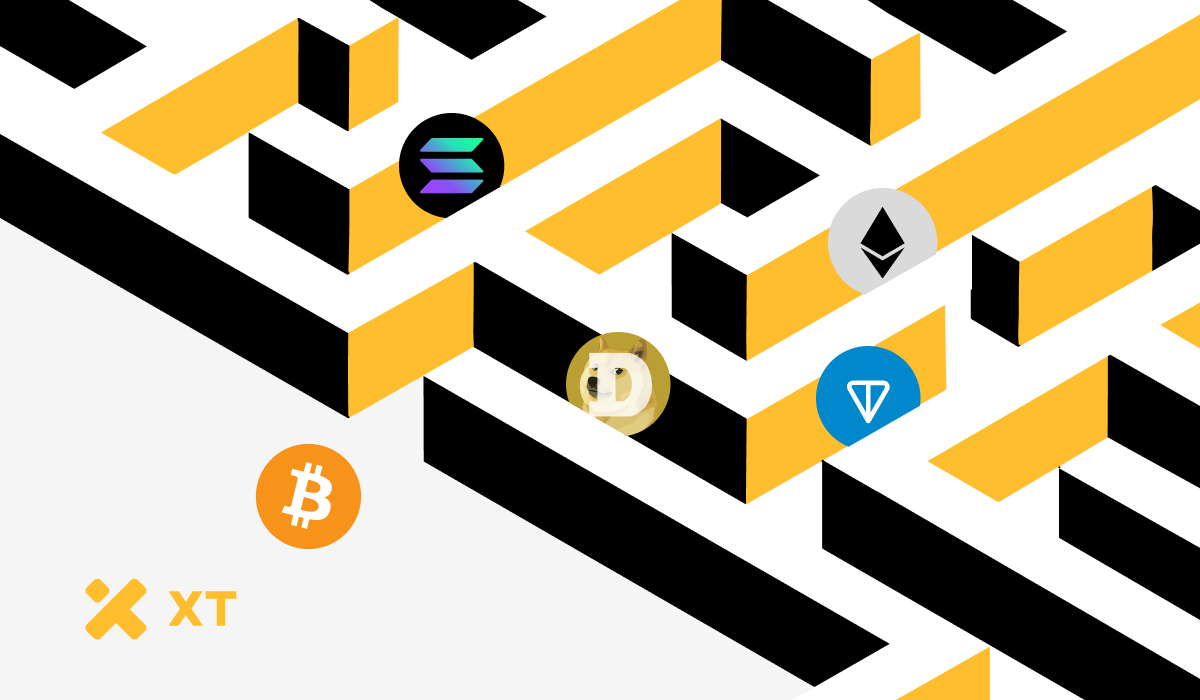
If you are still confused about cryptocurrency, you can think of it as a type of digital currency that uses "cryptography" (advanced mathematical techniques) to secure transactions. Since Bitcoin's debut in 2009, the entire cryptocurrency field has skyrocketed like a rocket, with new concepts emerging continuously, from NFTs (digital collectibles) to DeFi (decentralized finance). This guide will help you understand some of the most common categories of cryptocurrency, explain why these categories are important, and provide you with some simple and useful guidelines to avoid getting lost in this "new land."
Why is it important to understand the categories of cryptocurrency first?
To be honest, the current cryptocurrency space is filled with projects. New coins and projects pop up every day. If you can categorize them first (for example, whether they are stablecoins, NFTs/metaverse tokens, or meme coins), it will greatly enhance your understanding of them and help you avoid blindly following trends. Here are a few benefits:
Clarity:
- Each type of token has its own purpose and function; understanding them before taking action makes it less likely to get confused.
Risk Management:
- Cryptocurrency is highly volatile; to diversify risk, you need to understand the characteristics of different categories.
Strategic Thinking:
- Are you looking to trade short-term or hold long-term? First, see which category it belongs to in order to make better decisions.
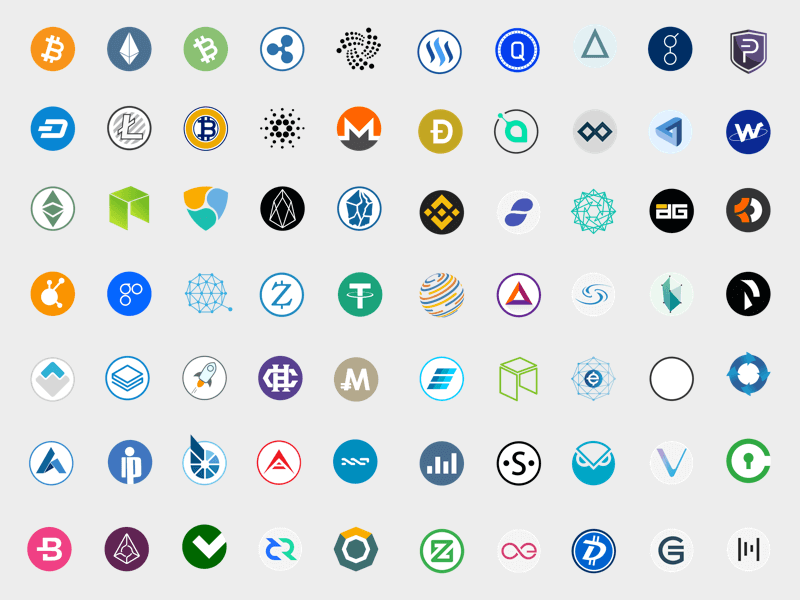
Image Credit: MasterTheCrypto
What is Cryptocurrency?
One-Sentence Description
Cryptocurrency is a digital currency based on blockchain technology. The blockchain acts like a public ledger that does not require banks or other centralized institutions to keep records.
What are its "cool" points?
Fast transfer speed and low cost:
- International transfers can be completed in minutes, often cheaper than traditional banks.
You control everything:
- No need for banks as intermediaries; you are the owner of your funds.
Innovation is constant:
- From game rewards to decentralized finance applications, people are continuously inventing new ways to use it.
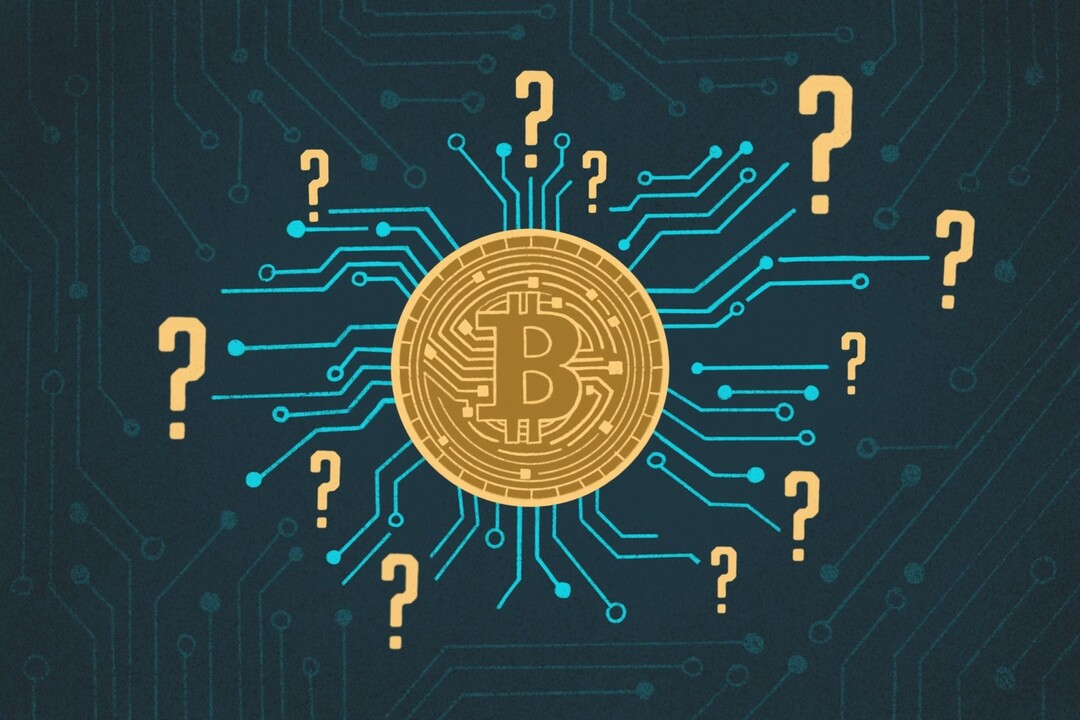
Image Credit: LinkedIn (Raajashri Sathyamurti)
Main Categories of Cryptocurrency
Now, let's take a look at the most common types of cryptocurrency and their uses. Once you understand them, you can make more informed choices in the vast sea of coins.
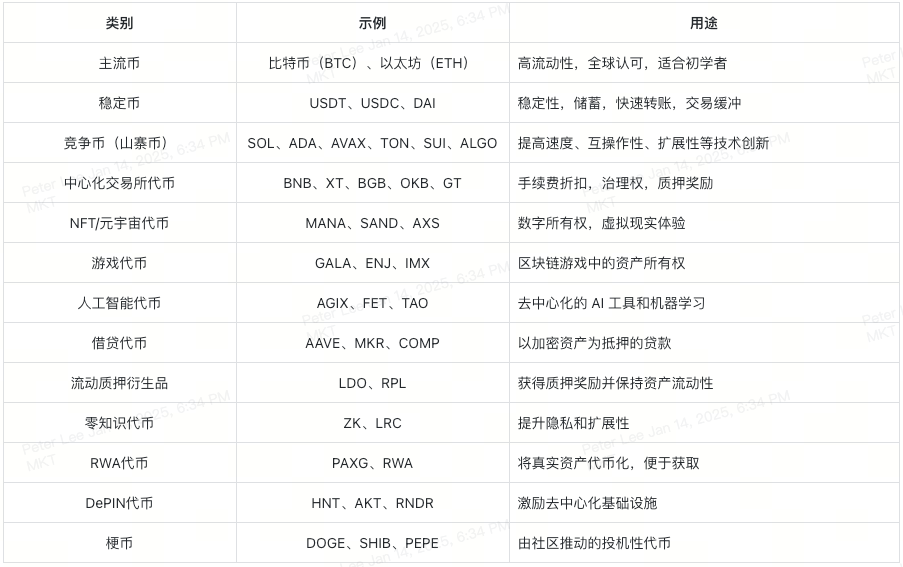
Mainstream Coins: The Core of Cryptocurrency
Examples
Bitcoin (BTC): Known as "digital gold," it is the most well-known cryptocurrency.
Ethereum (ETH): Supports decentralized applications (dApps) and smart contracts, serving as the foundation for many projects.
Why are they important?
These coins typically have the highest liquidity and global recognition, making them suitable for beginners.
Although they are also volatile, they are widely accepted in the market and relatively easy to "get into."
Tips
If you are new to cryptocurrency, you can start by buying Bitcoin or Ethereum.
You can compare their past prices and development trajectories to see which one you prefer, or allocate some to both.
Stablecoins: Seeking Stability in Turbulence
Examples
Tether (USDT): A stablecoin pegged to the US dollar.
USD Coin (USDC): High transparency with audit reports backing it, also pegged to the US dollar.
DAI: A decentralized stablecoin that maintains its peg to the US dollar through smart contracts.
Main Uses
Used to reduce the price volatility of cryptocurrencies. You can "park" your funds in stablecoins during market instability.
Some people use it for quick transfers or short-term savings; some platforms can even provide interest on your stablecoins.
Did you know?
- Some DeFi platforms allow you to earn yields by depositing stablecoins, with lower risk compared to more volatile coins (but still be cautious in assessing platform security).
Altcoins: Driving Innovation
Examples
Solana (SOL): Known for its high transaction speed, often used in DeFi and various dApps.
Cardano (ADA): Focuses on security and scalability.
Avalanche (AVAX): Aims for scalable blockchain solutions for dApps and NFTs.
Toncoin (TON): Focuses on financial applications with strong community support after its relaunch.
Sui (SUI): An innovative blockchain emphasizing usability and efficiency.
Algorand (ALGO): Pursues security and scalability, providing a foundation for decentralized applications.
Why do these coins have value?
- They often represent new directions in blockchain technology, such as faster speeds, cross-chain collaboration, governance features, and more.
Actionable Steps
- You can start by choosing an altcoin from the top 10 by market capitalization that interests you, read its white paper or in-depth analysis, and see if the team and technology roadmap resonate with you.
CEX Tokens: The "Native Tokens" of Exchanges
Examples
Binance Coin (BNB): Using it for trading on the Binance platform provides fee discounts.
XT Token (XT): The ecosystem and incentive token on the XT.COM platform.
Bitget Token (BGB): The "platform token" of the Bitget exchange.
OKX Token (OKB): Used for trading, governance, and fee reductions within the OKX ecosystem.
GateToken (GT): The platform token of Gate.io, empowering trading and other ecosystem rights.
Where is the value?
- Holding these tokens usually allows for lower trading fees, participation in platform governance, and potential staking rewards.
Did you know?
- If you frequently trade on a particular centralized exchange, using its token wisely can save you a significant amount in fees.
NFT/Metaverse Tokens: Digital Ownership and the Virtual World
Examples
Decentraland (MANA): Used to purchase virtual land and experience content.
The Sandbox (SAND): Allows players to create and monetize virtual spaces.
Axie Infinity (AXS): Earn income by playing games and trading characters (Axies).
Why is it popular?
- It allows virtual items to "belong to you," such as truly owning a piece of digital land or a unique game character.
Tips
- If you have never played a metaverse project, consider opening a free account on these platforms to explore and understand the community atmosphere and gameplay before deciding to invest.
GameFi Tokens: The Combination of Entertainment and Earnings
Examples
Gala (GALA): Focuses on blockchain games, allowing players to own and trade in-game assets.
Enjin (ENJ): Supports in-game NFTs.
Immutable (IMX): Solves the high "gas fees" of NFTs, allowing players to mint and trade without gas fees.
What are the benefits?
- You can truly "play and earn." At the same time, you have complete control over the digital items in the game.
Practical Steps
- If you are interested in blockchain games, find a game with low entry barriers that is free or low-cost to try out and see if you enjoy this new way of playing.
AI Tokens: The Collision of Blockchain and Artificial Intelligence
Examples
SingularityNET (AGIX): A decentralized AI service marketplace.
Fetch.ai (FET): Uses AI agents to automatically handle real-world tasks.
Bittensor (TAO): Aims to decentralize machine learning collaboration rewards.
Novelty
- It makes AI more decentralized and open, allowing more people to participate in the development and use of AI.
You may not know
- In the future, AI tokens may play an important role in predictive models, AI tools, and decentralized markets.
Lending Tokens: A "New Way" of Finance in Cryptocurrency
Examples
Aave (AAVE): You can deposit coins to earn interest or use them as collateral to borrow funds.
MakerDAO (MKR/DAI): Generate DAI (stablecoin) after collateralizing crypto assets.
Compound (COMP): A decentralized platform for lending and borrowing using crypto assets.
How does it work?
Lending: Deposit your coins on the platform to earn interest.
Borrowing: Use your coins as collateral to borrow funds without selling them.
Friendly Reminder
- Always pay attention to the collateral ratio when borrowing against collateral; if the market drops sharply, you may be "liquidated"—meaning the lending platform sells your collateral.
Liquid Staking Derivatives (LSD): Staking with Liquidity
Examples
Lido (LDO): After staking ETH, you receive stETH, which can still be used in DeFi.
Rocket Pool (RPL): A more decentralized way to stake Ethereum.
Why is it cool?
- Normally, when you stake, your coins are "locked" and cannot be moved. But with derivative tokens, you can earn staking rewards while continuing to invest in other projects.
What can you do?
- First, check the annual yield rates and risks offered by different platforms, then decide how much ETH to stake; doing a "small experiment" is also a good idea.
Zero-Knowledge (ZK) Tokens: Tools for Privacy and Scalability
Examples
zkSync (ZK): Uses ZK-rollup to reduce costs and speed up Ethereum.
Loopring (LRC): Achieves fast and private decentralized trading.
Why is it important?
- ZK technology protects user privacy while allowing blockchain networks to run faster and more efficiently.
Knowledge Expansion
- Zero-knowledge proofs are one of the popular solutions for scaling Ethereum, enabling the network to handle more transactions while ensuring security.
RWA Tokens: Digitizing "Real World Assets"
Examples
PAX Gold (PAXG): The tokens you hold are backed by real gold.
RWA.Inc (RWA/USDT): Provides tokenization services for various types of assets, allowing more people to participate easily.
Fun Aspects
- You don't have to rent a safe or worry about logistics; you can directly buy "gold" or shares of other physical assets on the blockchain.
Simple Suggestions
- You can first look at how traditional assets like gold and real estate are tokenized. Compare their token prices with the value of physical gold to see the differences between the two.
DePIN Tokens: The "Cornerstone" of Decentralized Infrastructure
Examples
Helium (HNT): Earn token rewards by building IoT wireless network nodes.
Akash Network (AKT): A decentralized cloud computing platform.
Render (RNDR): Distributed GPU rendering services that allow digital creators to obtain rendering resources in a decentralized manner.
Why is it worth paying attention to?
- These projects encourage more people to build hardware or software infrastructure like "networks and computing power" through token rewards, forming a decentralized resource network.
Practical Advice
- If you are interested in running nodes, you can check out Helium, buy a device to set up a hotspot at home, and earn some tokens, but be sure to assess hardware costs and market conditions.
Meme Coins: Products of Community Enthusiasm
Examples
Dogecoin (DOGE): The earliest "meme coin," which once became extremely popular.
Shiba Inu (SHIB): Has a very active community and ecosystem expansion.
Pepe (PEPE): Inspired by the classic "frog meme."
What should you pay special attention to?
The prices of these coins heavily depend on the enthusiasm of social media and the community, often experiencing significant volatility.
If you want to give it a try, remember to only invest what you can afford to lose, and don't let FOMO (fear of missing out) lead you to invest everything.
How to Buy Your First Cryptocurrency?
1. Choose an Exchange
- First, check its security, user-friendliness, and reputation (for example, XT.COM).
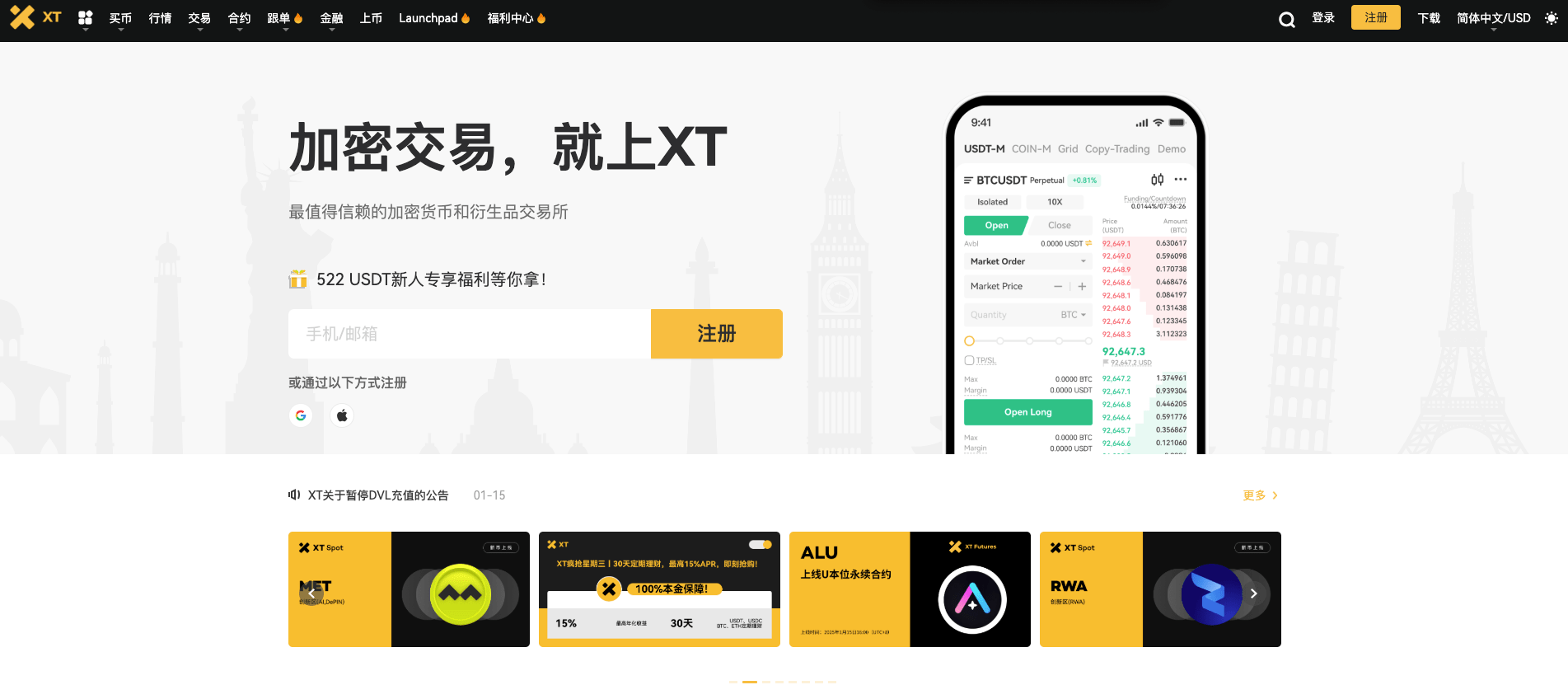
2. Register an Account and Complete Identity Verification
- Most legitimate exchanges will require you to undergo KYC (Know Your Customer) verification, which is a normal process.

3. Deposit Funds
- You can deposit other cryptocurrencies, or deposit fiat currency (such as USD) through bank transfer, credit card, etc.

4. Choose a Cryptocurrency
- For beginners, consider starting with Bitcoin (BTC/USDT) or Ethereum (ETH/USDT), or you can trade using stablecoins like USDT.

5. Confirm Fees and Click "Buy"
- Each exchange charges trading fees or network fees, so make sure to understand them before buying.
How XT.COM Can Support Your Crypto Journey
If you want to explore the crypto world more deeply, XT.COM offers a range of tools and services to help you learn and trade more easily:
A wide selection of cryptocurrencies: Almost covers all categories mentioned above, giving you more room to explore.
Professional yet user-friendly trading tools: Whether you are a beginner or an expert, you can find features that suit you.
Educational resources: Provides various tutorials, articles, and guides to help you understand the crypto world from scratch.
Community support: We have an active Telegram group, a Discord channel, and a responsive customer service team to answer your questions.
(Tip: If you are a beginner, consider checking out the platform's "Beginner's Guide" to familiarize yourself with the interface and security features.)
Final Reminders and Encouragement
This "Beginner's Map" is just the starting point of your cryptocurrency journey. There are many interesting corners in the entire crypto world waiting for you to explore. However, while enjoying the fun, also remain cautious:
FOMO (Fear of Missing Out) & Price Volatility:
- Don't be swayed by market emotions; only invest what you can afford to lose. Consider "dollar-cost averaging" to smooth your entry.
Security Awareness:
Set a strong password and enable 2FA (two-factor authentication).
Be wary of phishing websites; confirm the URL is correct before logging in.
Never share your "seed phrase" with anyone, and it's best to store it offline.
Hardware Wallet Storage:
- If you plan to hold coins long-term, consider buying a hardware wallet (like Ledger or Trezor) to keep your assets offline.
Stay Curious:
- Blockchain technology is constantly evolving; pay attention to authoritative and reliable information sources and continue learning.
Whether you just want to understand the basic concepts or plan to delve into various advanced projects, you now have a "map" of the crypto world.
Have fun, and welcome to this new world full of infinite possibilities!
免责声明:本文章仅代表作者个人观点,不代表本平台的立场和观点。本文章仅供信息分享,不构成对任何人的任何投资建议。用户与作者之间的任何争议,与本平台无关。如网页中刊载的文章或图片涉及侵权,请提供相关的权利证明和身份证明发送邮件到support@aicoin.com,本平台相关工作人员将会进行核查。




